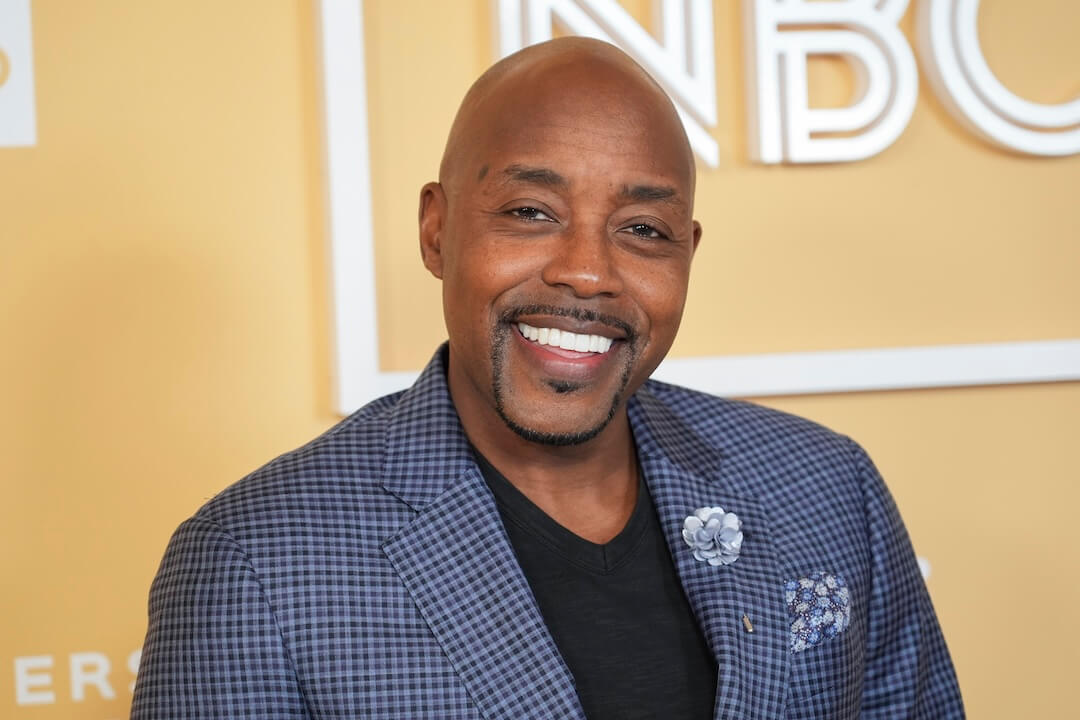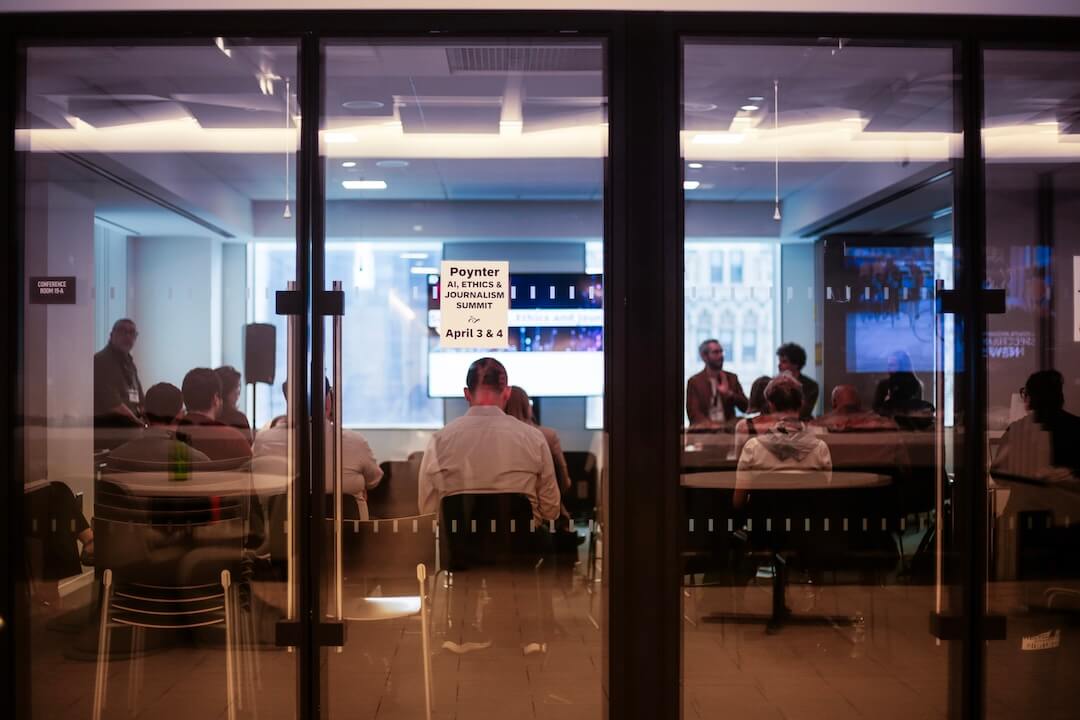This column was originally posted on Robert Eliason’s Facebook page. It is reprinted here with permission with slight edits for clarity and context.
I was decompressing from a long couple of days when my friend Issac called to see if I was at the (Gilroy Garlic) Festival. Could not figure out why until he told me the news.
I texted my editors just in case they had not heard about it. Next call was from my publisher, Dan Pulcrano, asking me to head to Gilroy to see what I could find out. He suggested going to St. Louise (Regional Hospital) where they were taking victims.
I got there and I had to sit for a while in the car to absorb what was going on. There were little groups of people everywhere, huddling together. There were a few people wandering the parking lot looking totally lost. There were ambulances, paramedics, nurses pushing carts of water and coffee, police, security guards, a few stray cats looking for food.
I passed some ministers who were leaving. They told me about the murdered child. I talked to an ambulance driver who told me the woman he had brought in had just been airlifted elsewhere. I was wearing my press badge and people came over to me. I did not ask any questions. A real reporter would have, certainly. But the scene was too intense and even standing there seemed invasive. I offered some words of comfort. I think the ones walking around on their own needed to hear something from another person just to break up their worrying.
They told me a press briefing would be happening at the Gavilan College parking lot so I took off. That’s where people were being reunited with missing family and friends. It was like walking on to a movie set. There were media vans everywhere, video cameras on tripods, bright lighting panels, reporters talking to victims, reporters checking in to their home stations, reporters talking to no one and just standing there blankly.
RELATED: How journalists can take care of themselves while covering trauma
I listened in to a few of the witnesses talking about the tragedy. There was a vivid sense that even they could not believe this had happened, like they were recounting something they had seen on television. I heard angry, frightened people.
Everything was surreal. I’m press but I am not really press. I am the guy who goes out to high school football games and Little League. To fun runs and carnivals. I shoot portraits of colorful characters and local business people. You will see me at dog shows and rodeos. The Garlic Festival? Shot it six times so far. There is nothing globally earthshaking about what I cover, but it all comes from the heart — just doing my best to create a record of the daily life of four or five small towns and give people some memories to share.
But here I am, fighting for a little space to shoot some pictures of a press conference. I am standing next to the CNN guy. I get to tell a Fox guy that no, I won’t move so he can put his tripod where I am standing. I get sneered at because I’m local press, not the real thing.
And I tell that guy and anyone else who will listen that this is my goddam town. That I know people who were out there. That students I have followed on the field who had volunteered to work the Festival had ended up running for their lives. That one friend was standing right next to the shooter. That one friend had bullets hit the wall right behind her. That one student I had just photographed for a feature risked his life to help two girls escape. That tomorrow they are going to move on to some other thing but I was going to be there in town covering the memorials and the vigils and the grief. And that I was going to be there to see how these people coped and recovered as they tried to make sense of what they had lived through.
RELATED TRAINING: Journalism and Trauma
The one athlete told me that he just wanted to make sure the girls were safe. One friend talked about seeing children and seniors crying and being thankful that she only had a hurt leg from falling. Through all this people were texting me to see if I was OK.
But, of course, I was not OK. I was a bit player in a drama bigger than anyone there. I was absorbing pain and grief from everyone around me. I was trying to make the scene real and not something out of every movie and TV program and newscast that has dealt with this kind of insanity. I felt the darkness of the night like I never had before.
Tomorrow, nothing is going to happen to stop this kind of thing from happening again. I could almost feel those thoughts and prayers sailing by, ineffective as always.
Robert Eliason is a photographer for the Gilroy Dispatch/South Valley Media in central California.






